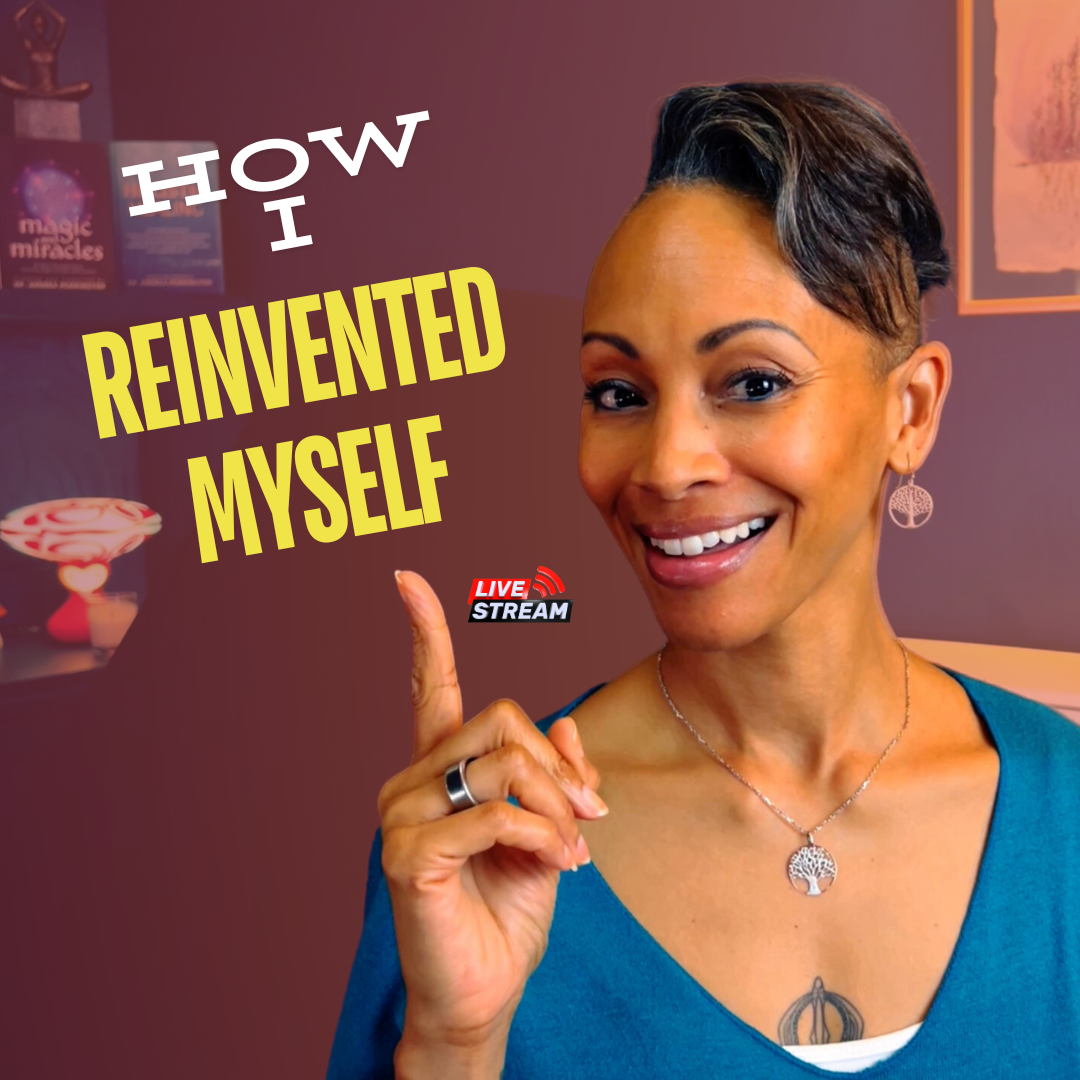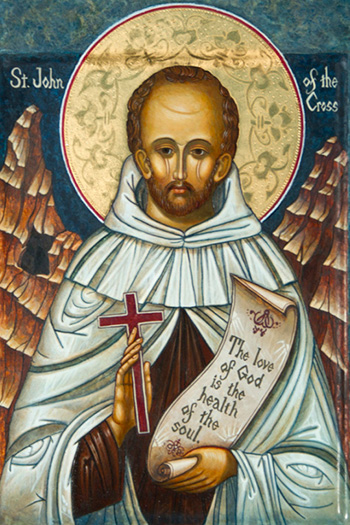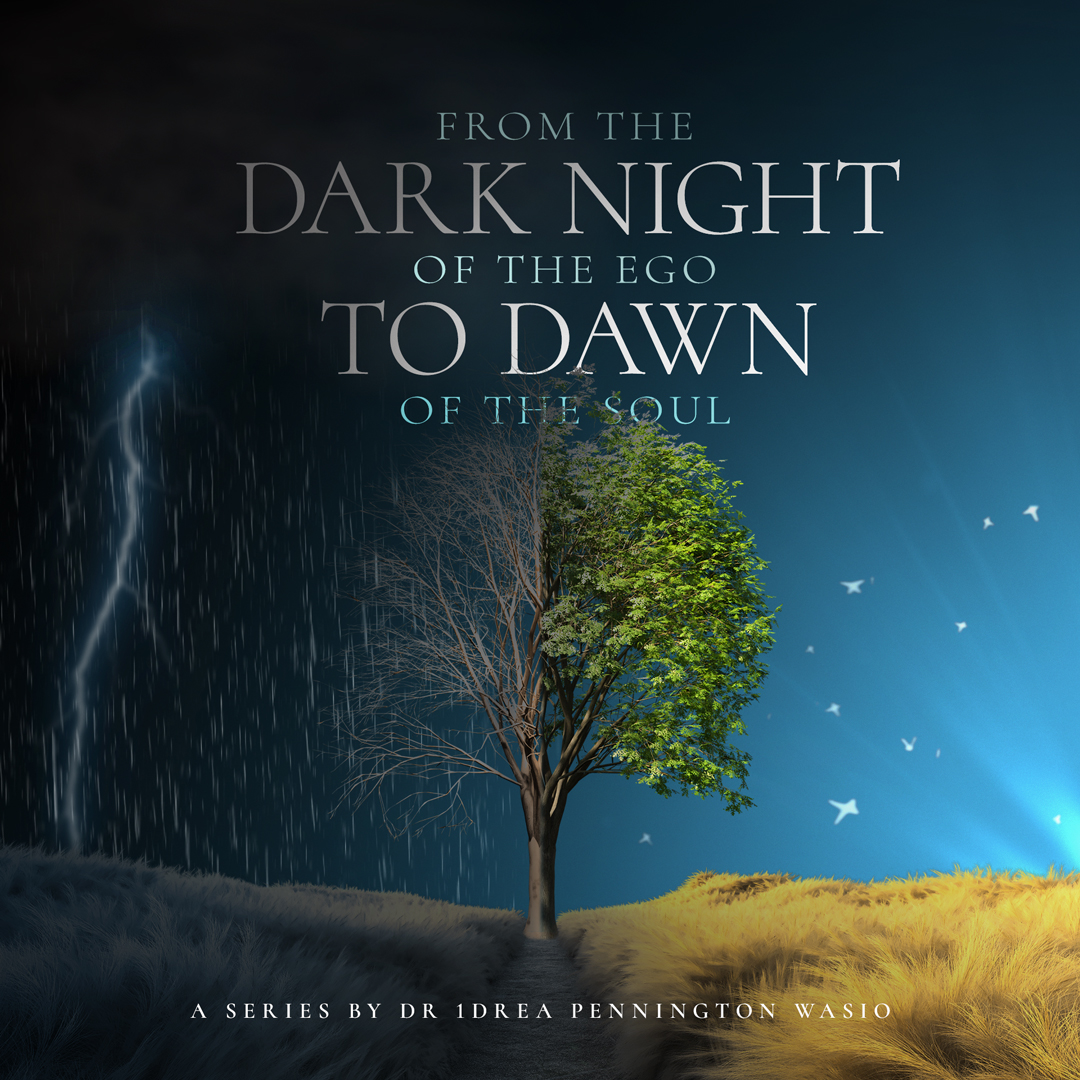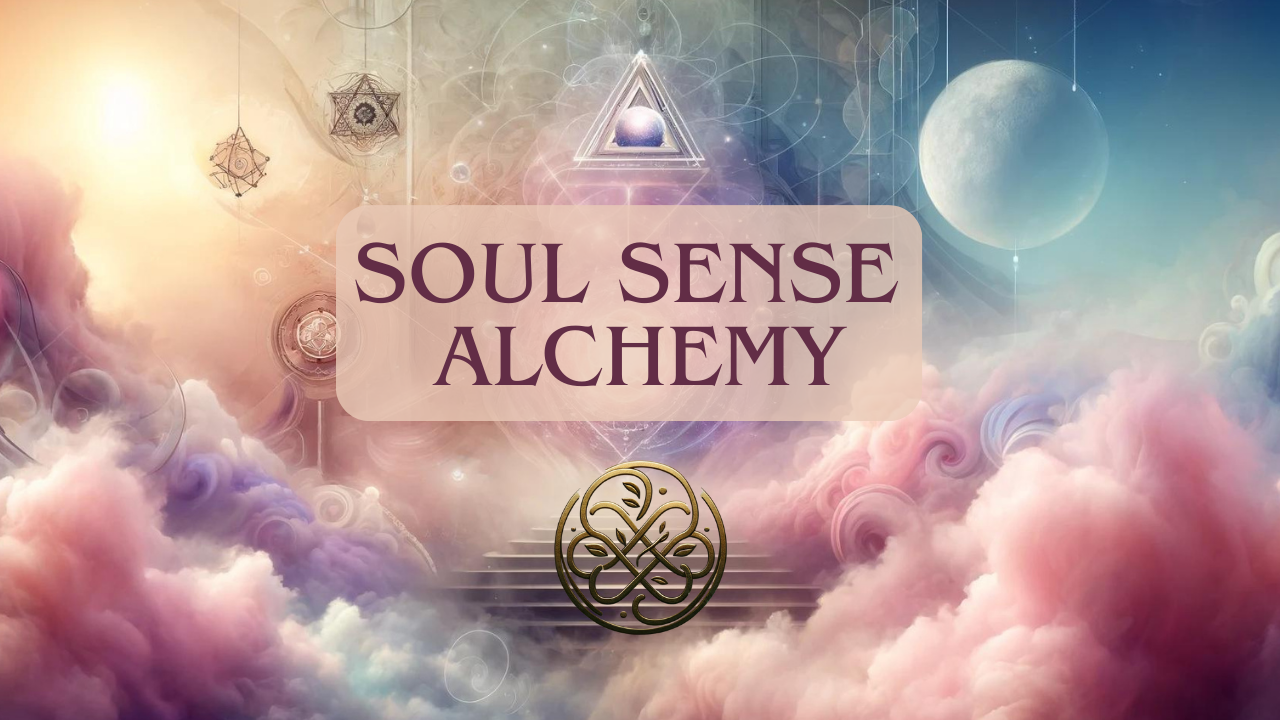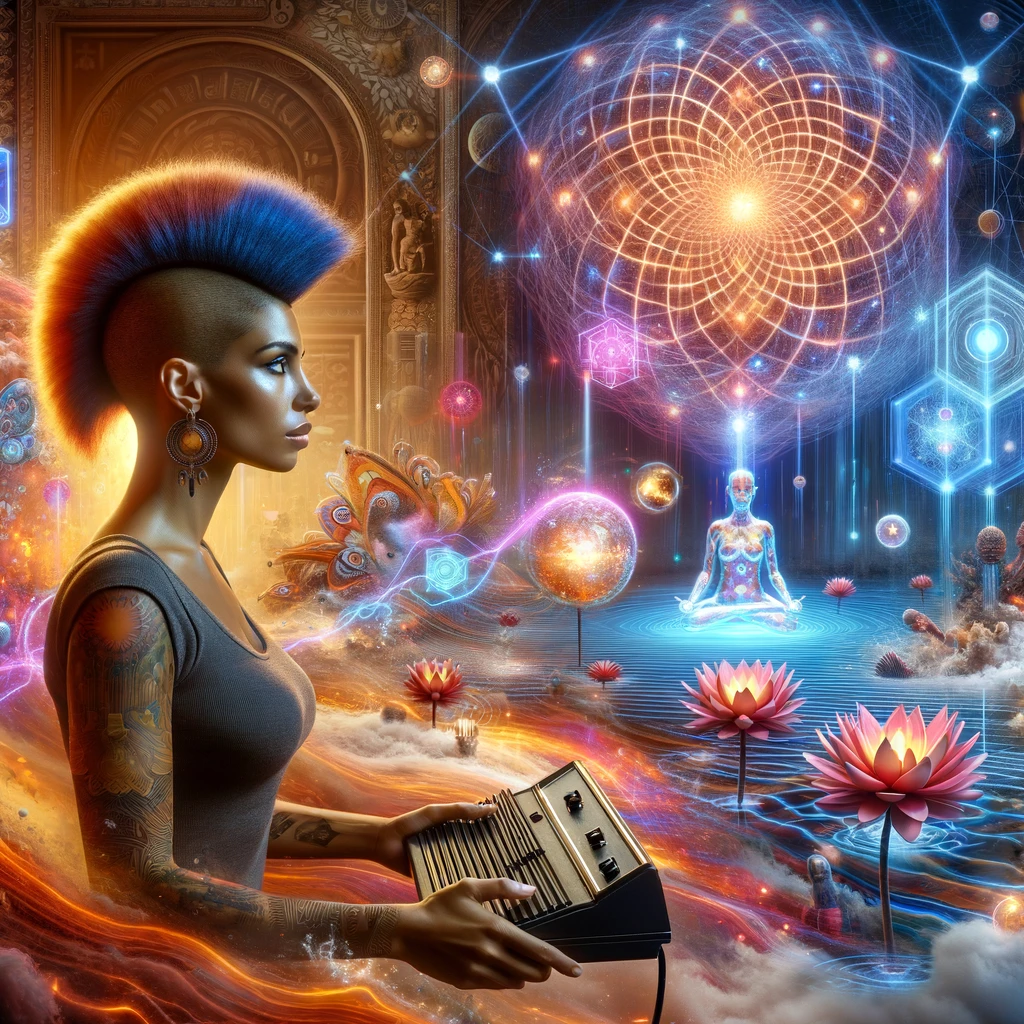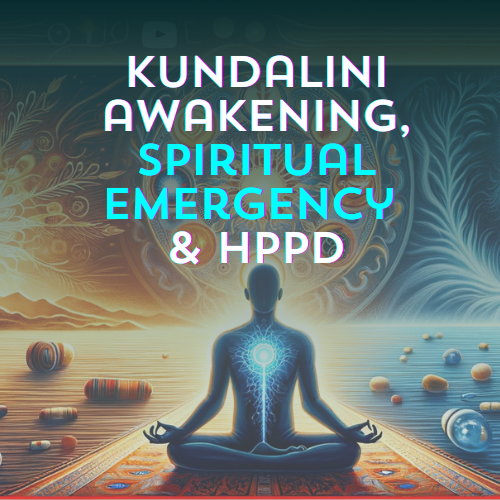The journey of self-improvement and personal development often revolves around the profound concepts of transformation and reinvention. These processes, while interconnected, possess distinct characteristics that influence how individuals evolve over time. Understanding the nuances between transformation and reinvention can provide deeper insights into the pathways of personal growth and self-actualization.
I recently shared how my personal transformation and reinvention has unfolded over the last 2 decades and wanted to give you more insight on the psychological and spiritual background as it has led me to the point of now embodying a new archetype, the Alchemist, in my role as Co-founder of Soul Sense Alchemy. (See references at the end of the article for more info.)
Understanding Transformation vs. Reinvention
What’s the difference between personal transformation and reinvention? And why does it matter?
Transformation: A Profound Metamorphosis
Transformation is a deep, often radical change that alters the very essence of an individual’s being. It involves a comprehensive shift in one’s perception, emotions, and behaviors, frequently instigated by significant life events or internal revelations. This process is not merely about change for its own sake but represents a fundamental evolution in one’s identity and worldview.
Research in psychology suggests that transformation can be a response to profound life challenges, acting as a mechanism for adapting to new realities and integrating new insights into one’s life (Schwartz, 2002). It is typically less about conscious choice and more about an emergent need to adapt to altered circumstances or internal growth.
Reinvention: The Art of Deliberate Change
Contrarily, reinvention is a deliberate and intentional act of self-creation. It is a strategic process where individuals envision a new aspect of their identity or life and take conscious steps to bring that vision to reality. Reinvention is often sparked by a desire for renewal or dissatisfaction with a current state, prompting individuals to reshape their lives in alignment with their goals and values (Robbins, 1991).
Reinvention requires a clear vision and a proactive approach. It is about taking control of one’s journey, discarding what no longer serves, and actively cultivating the traits, skills, or circumstances that align with one’s aspirations.
Theoretical Frameworks
Both concepts are supported by various psychological theories, including James Marcia’s theory of identity statuses, which explores how crises lead to commitment to new roles or identities, highlighting the dynamics of personal transformation and reinvention (Marcia, 1966).
The Dark Night of the Ego and Emergence of New Archetypes
The Dark Night of the Ego: A Catalyst for Growth
The concept of the “dark night of the ego” as derived from San Juan de la Cruz’s work, Noche Oscura, refers to a period of significant internal turmoil and the dissolution of ego-driven identities. This phase is characterized by the disintegration of the ego’s structures, a necessary precursor to the emergence of a more authentic self.
The dark night is often misunderstood as solely a time of hardship, yet it is also a transformative period that paves the way for the dawn of the soul—an awakening to a more profound and soul-aligned existence. This interpretation aligns with the Jungian concept of individuation, where the self undergoes a series of integrations and transformations to achieve a more complete and harmonious whole (Jung, 1959).
Archetypal Responses to Transformation
Superhero Archetype
The superhero archetype emerges from intense personal trials and embodies resilience and empowerment. This archetype, often catalyzed by traumatic experiences, reflects the human capacity for post-traumatic growth, as described in contemporary psychological studies (Tedeschi & Calhoun, 2004).
To give you a sense of it, I often saw the superhero in In my medical practice, I have seen people who had gone through intense trauma. And as soon as they came into an environment of love and support, they could often emerge strong, resilient with post-traumatic growth or with this new boldness to really seize life, seize the day after their transformation.
These superhero archetypes, they often feel really empowered to now live life on their own terms, advocating for themselves. Maybe they’re even advocating for others, and all of that is informed by their past experiences. And so the superhero archetype in relationship to the dark night of the ego really symbolically represents the triumph over adversity, and it really showcases this heroic emergence that inspires and motivates.
Butterfly Archetype
Representing natural evolution and gentle transformation, the butterfly archetype is symbolic of an introspective and gradual metamorphosis. This archetype is less about the struggle against external challenges and more about internal growth and self-realization.
Now, the other type is the butterfly archetype. And this one doesn’t necessarily emerge from trauma, but it’s just from this natural evolution or life transition, where they start to realize that the previous way of living just no longer aligns. It’s like If someone were in kindergarten or primary school, there’s going to come a point, even though they might be attached to their favorite teachers, there’s going to come a point where they naturally want to step out. And so the butterfly archetype symbolizes a gradual transformation. Oftentimes, it’s more graceful. And this archetype experiences a metamorphosis that is quite a bit more introspective.
So they still go through a dark night, but it’s not one of despair like the others. It’s an introspective journey where they go within and they’re wrestling with, who am I now? And who was I then? And what does all of this mean? And then it leads to a rebirth into a form that more represents their true self. And so symbolically, it really, the butterfly captures this gentle yet profound process of internal change that’s focused on personal evolution resolution, where they’re still shedding old identities.
Phoenix Archetype
The phoenix archetype symbolizes rebirth from the ashes of the past. It is associated with dramatic transformations that involve the complete dissolution of former identities or ways of life, leading to a powerful renewal (Kübler-Ross, 1969).
And the third distinct archetype that I’ve seen and also experienced is the Phoenix. And the Phoenix is that flaming bird that is born from the ashes of drastic life changes and upheavals that really necessitate a complete destruction of the former self and their circumstances. It’s like they burn it all down. And so the Phoenix archetype really undergoes this fiery transformation, where everything that no longer serves them is completely burned away. And it allows for a powerful and often dramatic rebirth. And it typically symbolizes this renewal, this fierce resurgence, despite going through significant losses or challenges. And it’s often driven by external forces that really require a complete overhaul of the self or their life.
Carl Jung’s Influence: Individuation and Archetypes
As we explore these powerful archetypes – the superhero, the butterfly, and the phoenix – and how they manifest through our individual journeys, we tap into a profound tradition that dates back centuries, one that Carl Jung deeply explored through his work on individuation and the collective unconscious. Jung’s fascination with alchemy, in particular, highlights a transformative process not just of substances, but of the self. Alchemy, for Jung, was a metaphor for the psychological process of transforming the mundane into the sublime, the leaden aspects of our psyche into spiritual gold.
Carl Jung’s theories provide a rich framework for understanding personal transformation through the lens of archetypes and individuation. Jung believed that archetypes are universal, mythic characters residing within the collective unconscious and play a significant role in personal development and psychological growth (Jung, 1959).
Individuation and Transformation
Individuation is the process through which an individual integrates various aspects of the self into a cohesive whole. This concept is pivotal in understanding how different archetypes, such as the superhero, butterfly, and phoenix, guide individuals through their unique transformational journeys.
Archetypes and the Collective Unconscious
Archetypes manifest in our personal narratives through universal themes of heroism, transformation, and renewal. The superhero, butterfly, and phoenix archetypes resonate with these themes, offering models for resilience, gradual change, and dramatic rebirth, respectively.
Jung’s Interest in Alchemy
Jung’s exploration of alchemical symbolism as a metaphor for psychological transformation highlights the transformative power of integrating the psyche. The phoenix archetype, in particular, embodies the alchemical process of turning lead into gold, representing the profound transformation of the self (Jung, 1959).
Conclusion: The Alchemist Archetype in Personal Development
In modern psychological and spiritual practices, the archetype of the Alchemist represents the pinnacle of personal transformation—the integration of knowledge and experience into a new, enlightened form of being. This archetype, which I embody in my work with Soul Sense Alchemy, serves as a guide for others on their transformative journeys, offering insights into the profound interplay between mind, body, and spirit.
By embracing the Alchemist archetype, individuals can engage in a deliberate process of self-transformation, turning the mundane challenges of life into opportunities for growth and enlightenment. This journey is not only about personal development but also about contributing to the collective evolution of humanity, making each step an act of profound creative and spiritual significance.
This brings me seamlessly into why I am thrilled to introduce to you Soul Sense Alchemy, a venture born from a fusion of these timeless ideas and our modern understanding of neuroaesthetics and the transformative power of beauty and art. Together with my husband, we’ve founded this company to provide you with the tools to engage in your own personal experiments of transformation. At Soul Sense Alchemy, we harness the artistic and creative elements of scent and aromatherapy with our first signature essences, meditation, visualization, and scripting to help you alchemize your life.
Access free goodies from Soul Sense Alchemy pre-launch here!
Why alchemy? Because just as the alchemists sought to transform base metals into noble ones, we aim to help you transform your personal challenges into opportunities for growth and self-realization. We invite you to explore how beauty, art, and intentional practice can merge to create a potent catalyst for personal evolution. Whether it’s embracing a new archetype, embodying your future self, or simply stepping into a life that feels more profoundly yours, Soul Sense Alchemy is here to facilitate that transformation.
I am so excited to be embracing my new archetype as the Alchemist!
An active practitioner of transformation, utilizing knowledge (both spiritual and scientific) to catalyze change. Alchemists blend the mystical with the practical, seeking to turn lead (mundane or challenging life experiences) into gold (enlightenment, healing, and higher understanding). They are innovators and creators, much like Visionaries, but their focus is on transformation at a profound, often elemental level.
That’s why I’m inspired to support you in your conscious evolution journey with the introduction of the Soul Alchemy Lab. We offer a series of in-depth videos covering topics relevant to your journey and include practical, real life experiments you can conduct to put your learning into action.
Leveraging insights from positive psychology, neuroaesthetics, and the Law of Attraction, the science of scent and more can lead to profound changes over time when applied regularly. Checkout the video playlist of our series.
References:
- Schwartz, T. (2002). Transformation: The Mindset You Need. The Body You Want. The Life You Deserve.
- Robbins, T. (1991). Awaken the Giant Within.
- Marcia, J. E. (1966). Development and validation of ego-identity status. Journal of Personality and Social Psychology, 3(5), 551-558.
- Jung, C. G. (1959). Archetypes and the Collective Unconscious.
- Tedeschi, R. G., & Calhoun, L. G. (2004). Posttraumatic growth: Conceptual foundations and empirical evidence. Psychological Inquiry, 15(1), 1-18.
- Kübler-Ross, E. (1969). On Death and Dying.
